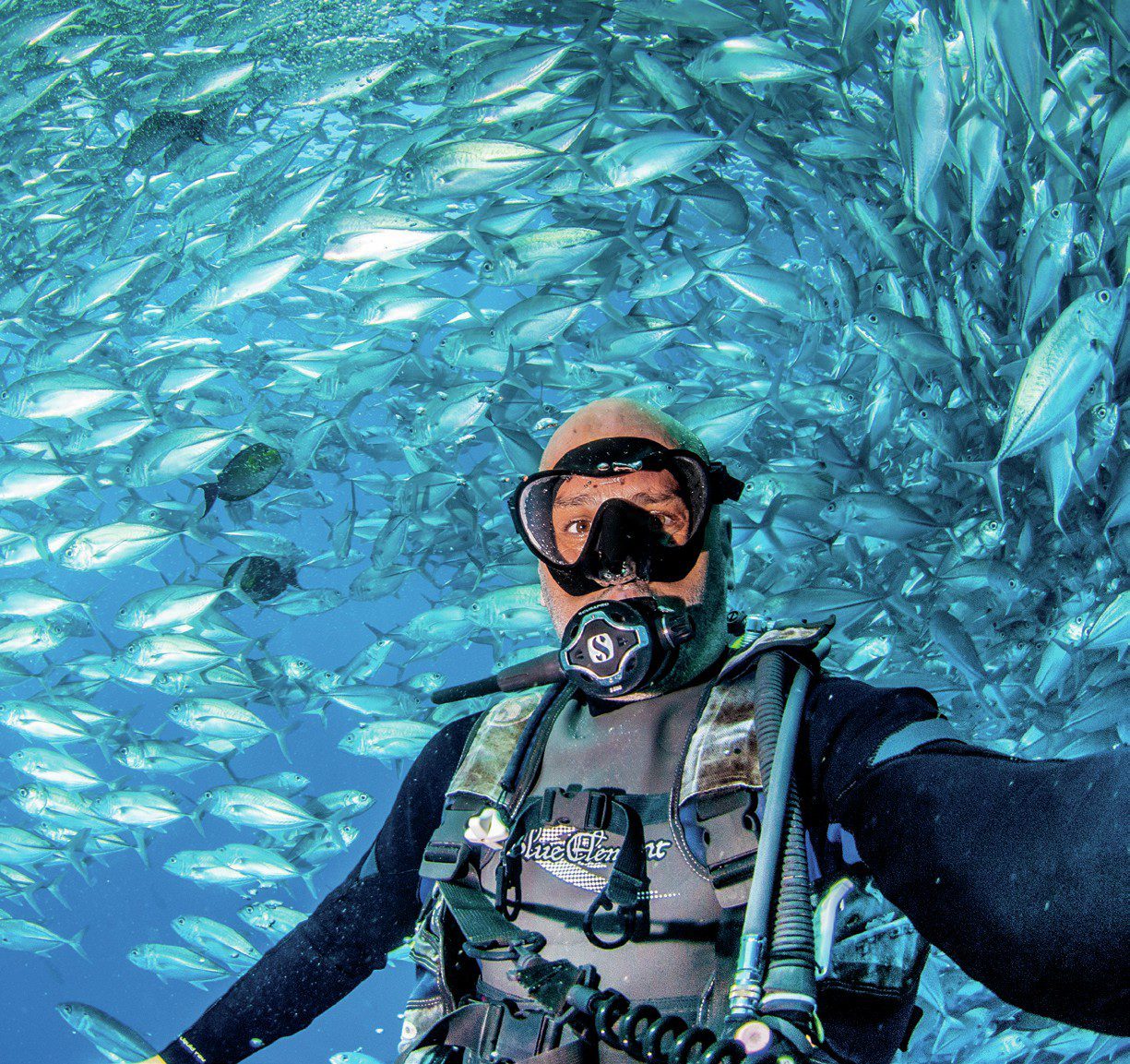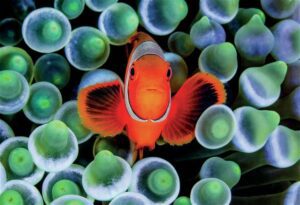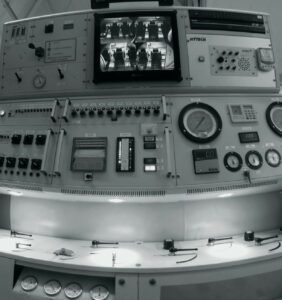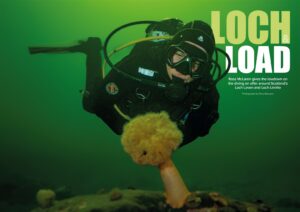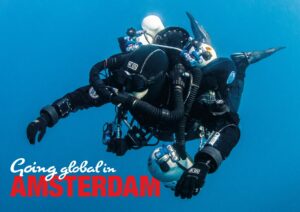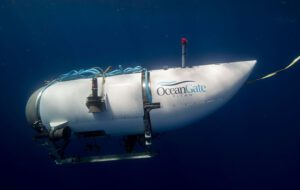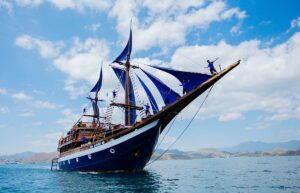PT Hirschfield chats to scuba instructor and co-founder of South Australia’s Experiencing Marine Sanctuaries (EMS) Carl Charter.
Early Diving Years
When Carl Charter was nine, he spent every second weekend and school holidays with his father at Jervis Bay, often snorkelling: ‘At 14, Dad put a tank on my back, a reg in my mouth, pushed me off a boat and said ‘breathe’. That was my introduction to scuba.’ Carl later went on to teach both his own children to dive.
Career in Marine Science
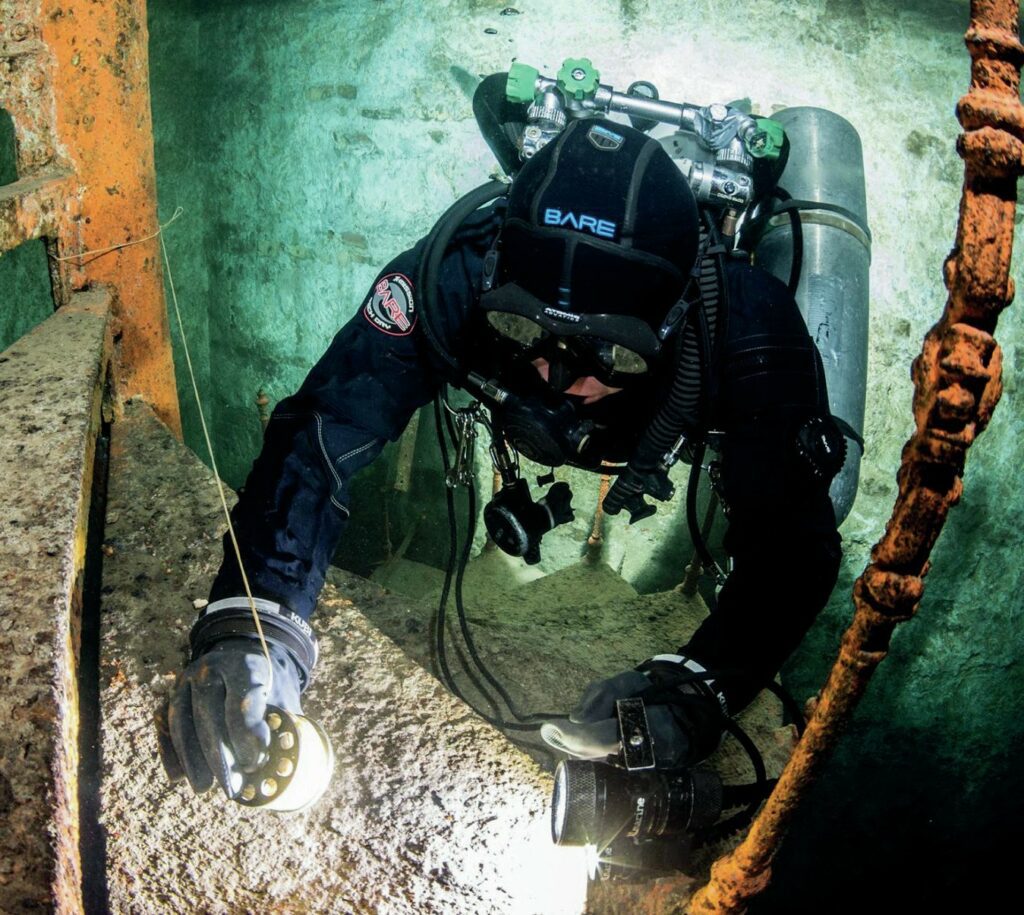
He completed a Bachelor of Applied Marine Science at Southern Cross University, landing a part-time role at Reef Watch SA educating boat owners and fishers about marine pests. Marine parks were just being set up at the time, which he had some slight involvement in.
In 2014, Carl completed scuba instructor training in Borneo to prepare for a job he’d been offered, co-ordinating citizen science to monitor marine parks. Funding for that position fell through just as Carl was leaving for Borneo, so he returned to work in dive shops: ‘Working in the dive industry is bloody hard. I enjoyed teaching, but had always wanted to work in marine citizen science.’
Co-founding of EMS
While back to working for Reef Watch SA a year later, Carl was approached by Dr Mike Bossley who mentioned an organisation called Experiencing Marine Reserves (EMR) in NZ. He proposed that Carl co-found an equivalent organisation, Experiencing Marine Sanctuaries (EMS), in SA. Carl’s ten-day orientation with EMR NZ to learn from their 15 years of operation included an unexpected close encounter with a pod of seven orcas during a student snorkel tour: ‘Mother orcas were teaching calves to hunt stingrays that were trying to escape up the rocks. Some people were jumping into the water to try to swim with them; others were jumping out of the water in terror. It was one of those bucket list things I ticked off without even trying.’
EMS Programmes
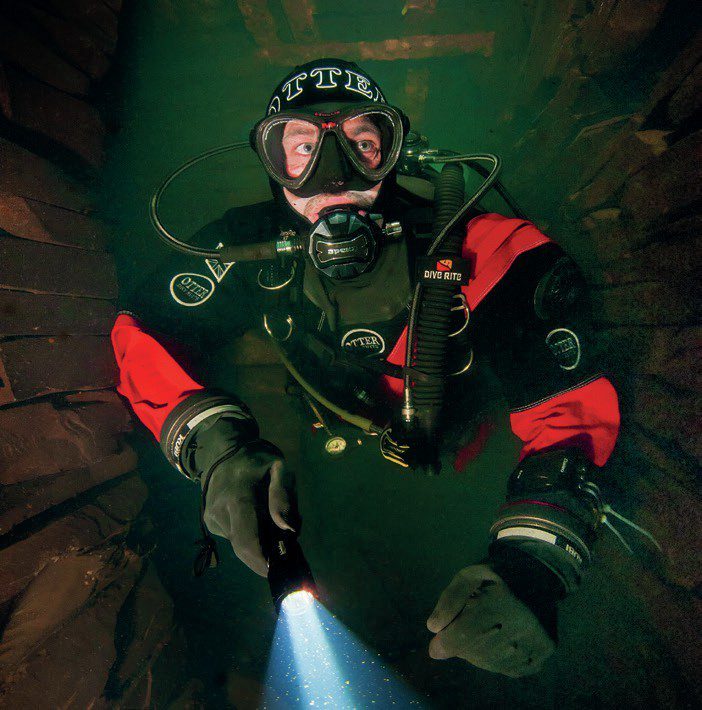
EMS operates across SA, primarily within Encounter Marine Park (from Port Noarlunga through to Kangaroo Island). It has a volunteer management committee and is staffed by half a dozen Divemasters and instructors, plus around a hundred community volunteers trained to run the programmes. The guided in-water experiences were originally free: ‘People would reserve spots, but only very small groups would show up. We started charging $5 and more showed up. When government funding of the first year dried up, we started charging $20-30 per person for basic snorkelling weekends and larger groups started attending. Now we’ve got 7,000 followers on Facebook and large group tours book out very quickly.’
CuttleFest in Whyalla
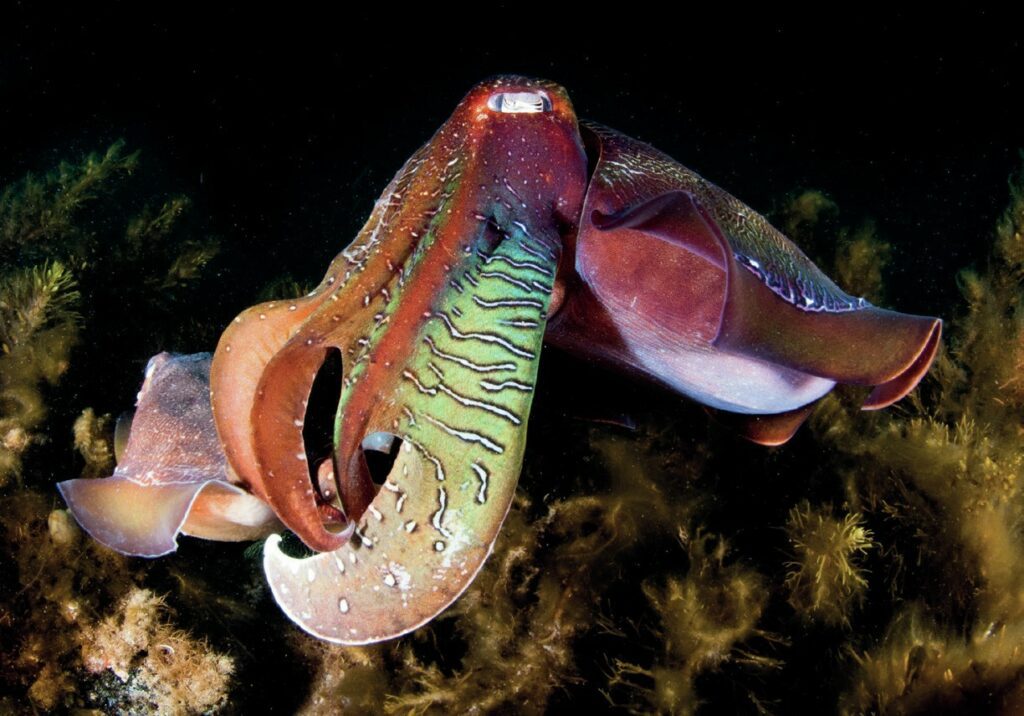
Most notable is CuttleFest in Whyalla, typically during early July, with cuttlefish numbers usually peaking mid-June to mid-July. The event, which provides opportunities for the public to observe thousands of mating cuttlefish, was launched by EMS in partnership with Whyalla City Council and National Parks. It’s now coordinated by Whyalla City Council, a multi-faceted community festival with activities above and below the water.
EMS caters for 800 CuttleFest snorkellers over three weeks, who in 7mm wetsuits without weightbelts stay two to three metres above the animals. Carl says snorkellers seem to have less impact on the animals than divers who get right down among them. EMS are in the process of launching an educational campaign regarding best practice for divers including those making images, emphasising the importance of not disturbing the animals. Carl endorses the Scuba Divers Federation of SA’s Code of Conduct for anyone wishing to observe marine life, encouraging all snorkelers and divers to ensure best practice.
EMS offers a comprehensive menu of in-water and educational experiences. The focus of EMS is experiential learning, getting people ‘face-to-face’ with marine life. EMS has also worked hard to educate people about marine life via online presentations, Community Expos, Science in the Pub nights, school programmes and special group presentations. Briefings have been updated to include more information on iconic marine life and a code of conduct written to ensure respect for and safe interactions with marine life: ‘Some people say we don’t educate enough during in-water events. But it’s hard to talk underwater, and I personally think it’s more important that people are given the opportunity to see marine life with their own eyes, becoming advocates for marine parks and the life they sustain, wanting to protect them.’
Inclusive Programmes
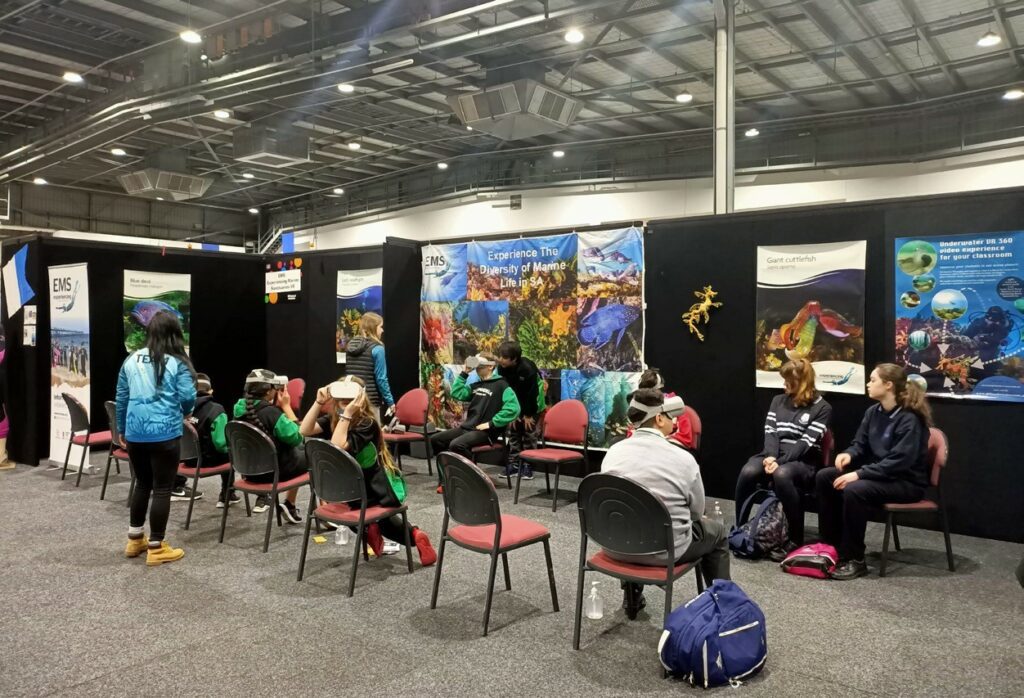
Inclusive programmes are at the heart of EMS, and Carl is a PADI Adaptive Diver Specialty Instructor, facilitating diving for people with disabilities in the belief that the ocean should be open to everyone: ‘We work with a lot of people with autism, intellectual disability and amputees. We have immersive wheelchairs, modified wetsuits and reef boards with portals so they don’t have to get their face wet if they have sensory issues. We also get grandparents doing programmes with their grandchildren, building their confidence and water skills before they join guided ocean tours.’
Beyond SA, Carl’s favourite Australian dive spots are Jervis Bay where he learned to dive, Wolf Rock and Ningaloo. He’s a keen underwater photographer, shooting on a Nikon D7500 with a Nauticam housing. The housing was gifted to him by the company’s owner Edward Lai as a thank you to Carl for guiding him on a leafy sea dragon dive, and in recognition of his broader contributions to marine education and conservation: ‘I started off with macro photography, then went to wide angle. Now I’m doing superwide 360 degree videography.’
Carl's Vision
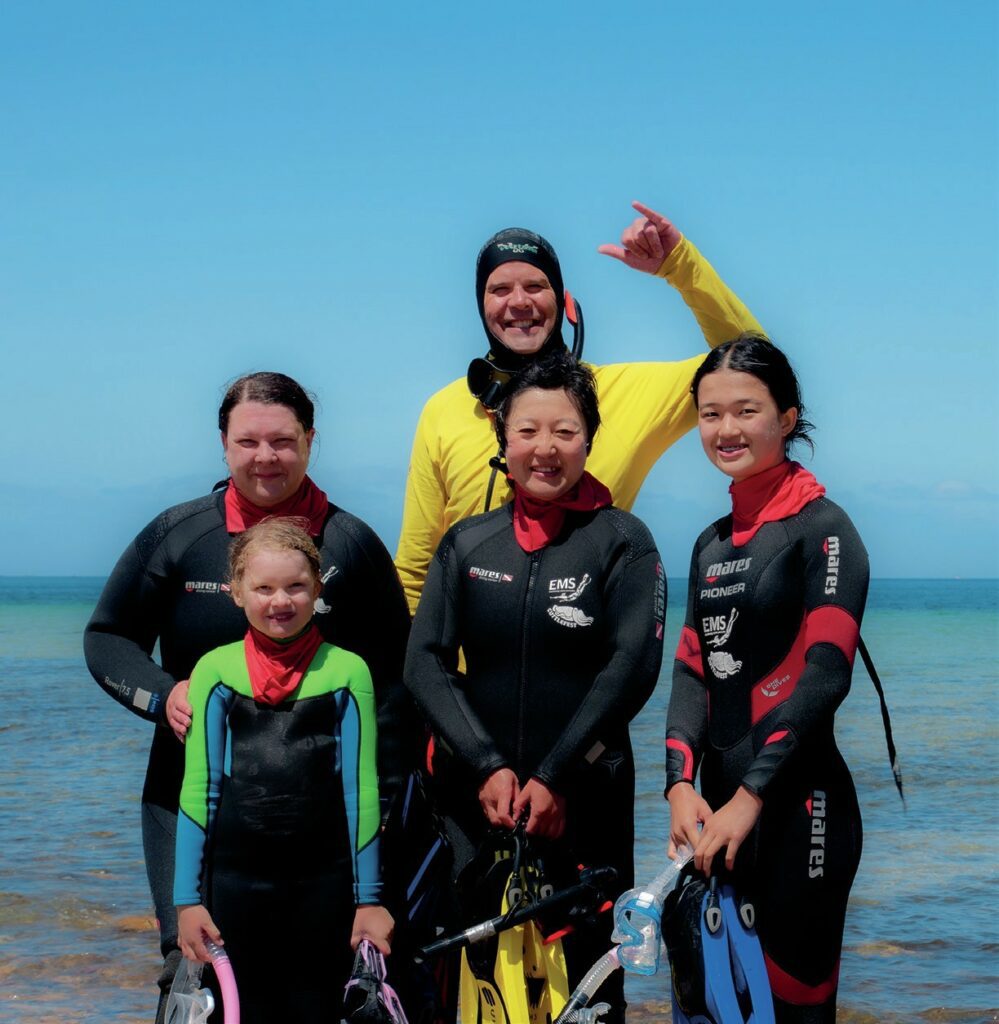
While Carl works seven days a week (readily admitting that ‘EMS has taken over my life’), his dream is to work alongside his family ‘creating more virtual reality footage to educate people about marine life from SA and destinations around the world, presenting exhibitions of 360 footage in large planetariums.’ It’s a bold vision from a diver with a deep commitment to fostering stronger connections between the public and the marine environments he is so passionate about.
You can learn more about EMS at their website.
This article was originally published in Scuba Diver ANZ #53.
Subscribe digitally and read more great stories like this from anywhere in the world in a mobile-friendly format. Link to the article
